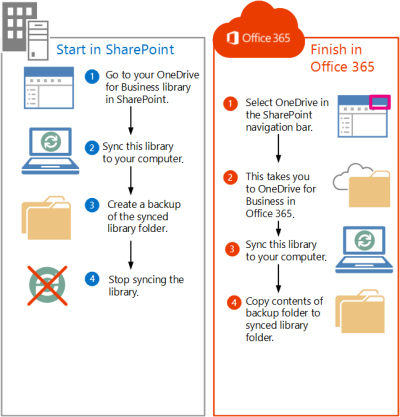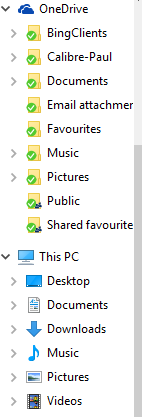
And it does this via a suite of applications that are available to you and your staff. Microsoft 365 provides some powerful benefits when it comes to connectivity, access, productivity, collaboration, and scalability.

Each time a new employee is hired, an additional ‘seat’ is purchased, giving them access to the same suite of features and applications as everyone else. Microsoft 365 can easily be scaled with your business.

This improves their productivity and ability to work in both physical and virtual environments (i.e., from home). With platforms like Teams, your staff can easily chat, share files, and organise virtual meetings, allowing better collaboration on tasks and projects. Staff spend less time doing administrative tasks, and more time focusing on their work. With everything connected and accessible to everyone, it means multiple people can work on the same file at once, with instant syncing. Everything is stored centrally on Microsoft’s Cloud and accessed via various applications, meaning your staff can access their email, calendar and all business files from any device, in any location, and any time, as long as they have a device with an internet connection, and a web browser. This means that your emails, calendar and business files all talk to each other between devices (phones, tablets, desktops, printers etc.) and users, so you can work on them at the same time, and never miss anything.

With Microsoft 365, all of your files and applications are connected, and sync instantly. Typically installed by a business IT provider, Microsoft 365 offers a number of powerful benefits for small and medium sized businesses.

In other words, rather than purchasing a single license for Microsoft Office applications, you purchase an ongoing subscription which includes a suite of Microsoft’s business services. In a nutshell, Microsoft 365 is a Software as a Service (SaaS) solution which brings together Microsoft Office desktop applications (such as Word, Excel and PowerPoint), Microsoft’s application services (like SharePoint, OneDrive etc.), and a range of new productivity services (such as MS Teams), and delivers them via Microsoft’s Azure cloud computing platform. If you talk to anyone who works with a computer, you may have heard them mention Microsoft 365.


 0 kommentar(er)
0 kommentar(er)
